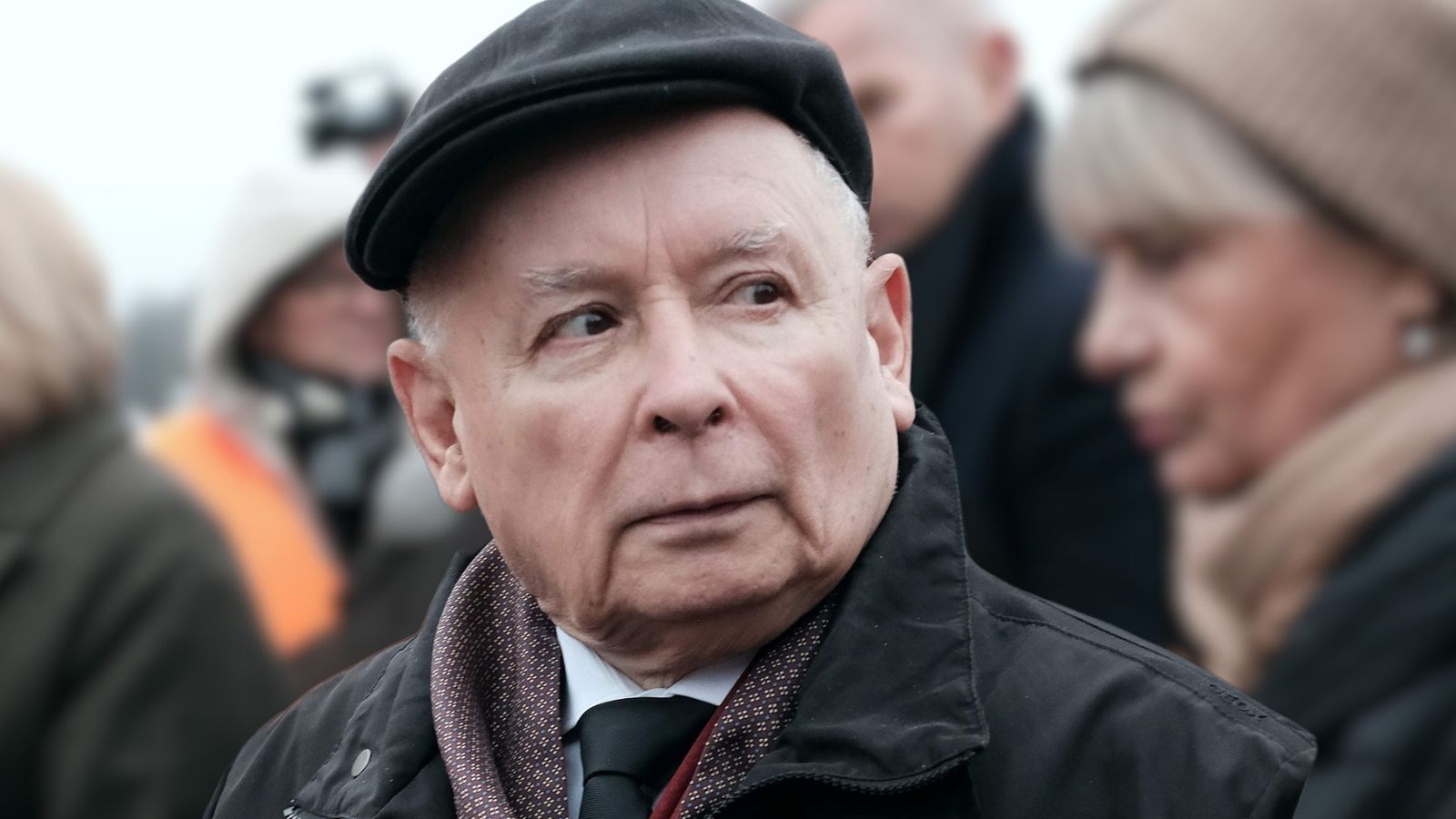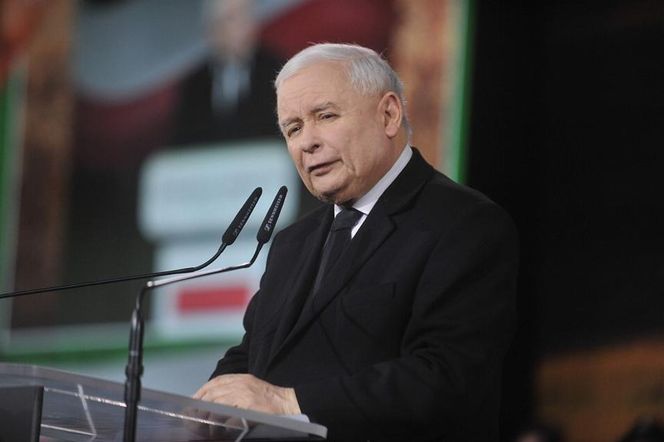This is not the only shocking information about it. According to the announcement published in April 2024 by the Ukrainian Ministry of Culture and Information Policy, during the two years of Russian aggression, as many as 1,974 objects of cultural infrastructure in Ukraine (libraries, museums, galleries, cinemas and theaters, parks and nature reserves, etc.) were ruined. As many as 321 out of this number were annihilated. 1,046 objects of national heritage (historic buildings and monuments of architecture, history, science and technology) were also destroyed. It is also known that in the occupied territories of Ukraine, the Russians scoffed the collections of many museums, including in Kherson, Mariupol, Zaporozhye and Melitopol. Russian troops systematically plunder the treasures of the cultural heritage of the attacked Ukraine on a scale that Europe has not experienced since World War II. According to experts from the United Nations, including UNESCO, the World Bank and the European Commission, during the two years of the war, Ukraine suffered losses in the area of culture and tourism of over 3.5 billion dollars.
Cultural property destroyed or looted as a result of an armed conflict is very difficult to regain, and Poland, strongly experienced by the tragedy of World War II, can be a perfect example of this. It has been estimated that Poland had lost several hundred thousand movable works of art, thousands of museums, galleries and churches, which had quite often been buildings of great historic value. A substantial number of these works of art have not been recovered to this day.
It is not just financial losses – every destroyed museum is a huge blow to culture in general. This is emphasized by Agnieszka Krasowska, a specialist from the Training Section for Cultural Affairs at the Military Training Center for Foreign Operations in Kielce: “In fact, we can provocatively ask: why do wars break out, what is their purpose? The answer could be simply: to raze the cultural heritage of a given country to the ground or to own its heritage.” No wonder that Ukrainians today accuse Russia of cultural genocide.
Historic buildings, monuments, works of art, and cultural goods document our history and shape our identity: they are something we can be proud of. This is directly stated in Article 6 of the Constitution of the Republic of Poland: “The Republic of Poland shall provide conditions for the people’s equal access to the products of culture which are the source of the Nation’s identity, continuity and development.” In order for culture to develop freely, the state must be safe, and it is also stated in the Polish Constitution, which entrusts the tasks of defending the security of the state and the inviolability of its borders to the Polish Armed Forces (Article 26).
Destructive Power
Poland has been in a state of peace for almost eight decades, but events behind its eastern border show that it is not a state given once and for all. Anyway, the fact that there is no war activity in the country does not mean that Polish products of culture are safe. Their destruction may be of interest to terrorist groups, which in this way would like, for example, to provoke the interest of the international community. Once in a while, the media circulate information about the precautions taken by the services of various countries in relation to possible terrorist attacks on famous historic buildings or monuments. This was the case during the greatest activity of the so-called Islamic State, when the terrorists were reported to have considered attacks on one of the most famous cultural objects in Europe: the Basilica of St. Peter in Rome or the Louvre Museum in Paris. However, this is not only a historical issue: not long time ago, in March 2024, Belgian police arrested a group of radicals who were planning to blow up one of the local concert halls and destroy the Eiffel Tower.
The fact that these are not contrived threats is evidenced by the fate of historic buildings and cultural goods in the areas engulfed by war or places, where radical groups are trying to reach for power. This was the case, among others, in Afghanistan ruled by the Taliban, who in 2001 demolished monumental statues of Buddha from the 7th century carved in the rock. Such was the case a decade ago in consumed with Islamist revolt Mali, where in Timbuktu, famous for its libraries, jihadists burned thousands of priceless manuscripts from old eras. Such was also the case in the Middle East, where Islamic radicals brutally handled monuments and cultural goods. What they failed to sell from the looted museums was destroyed. They even went so far as to blow up ancient buildings, such as the Roman amphitheater in Palmyra, medieval churches and monasteries, and even mosques – it was enough that they considered them to belong to another faction of Islam.
Damages and destructions in various conflict-covered corners of the world, in Africa, in the Middle East, seem distant – but the war in Ukraine has shown that similar crimes can also occur in Europe, committed not by non-state groups such as Islamist formations, but by the army of the Russian Federation, a country that belongs to the United Nations and is a party to various treaties. Moreover, the representative of Russia sits on the UN Security Council. All this shows that the safety of cultural goods should, or even absolutely must, be taken care of in advance, and Poland should have specific and tested procedures to protect monuments and cultural goods to the maximum extent against destruction, devastation and looting.
Army on Guard
The traumatic experience of World War II made us think about how to counteract the destruction of cultural goods during armed conflicts. The result of many years of efforts was the adoption of the Convention for the Protection of Cultural Property in the Event of Armed Conflict in The Hague on May 14, 1954. It states explicitly that the loss of the cultural property of any nation means at the same time damage to the cultural heritage of all humanity, and this is because every nation participates in the formation of world culture.
The Convention introduces two types of cultural property protection: care and respect. Care obliges states to take preparatory steps for the foreseeable consequences of a possible armed conflict in peacetime. Respect, on the other hand, in a situation of armed conflict obliges to refrain from destroying or damaging these properties, prohibits theft, robbery, appropriation, vandalism or retaliation. The countries that have ratified the Convention (and Poland did so already in 1956) are obliged to include its provisions in the regulations or instructions of their own armed forces.
The document imposes one more obligation, which is pointed out by Colonel Janusz Zając from the International Center for Training and Research on Cultural Heritage in Danger: “The Convention also introduces the necessity to teach how to respect culture and cultural assets, and to raise awareness of soldiers, those at the lowest military level, as well as commanders, in the field of skillful use of warfare means, so that during a possible conflict any damages done to civil or historic infrastructure are as scarce as possible.”
One more thing: the Convention obliges the countries that have ratified it to create specialized organizational units in the structures of their armies to deal with the issue of respect for cultural assets and cooperation with those civil authorities responsible for caring about cultural goods. In Poland, the Ministry of Culture and National Heritage is responsible for the protection and care of monuments and historic buildings. In the Polish Armed Forces, on the other hand, there is a designated institution to do that, and it is the Special Infrastructure Bureau. Colonel Zając points out: “We must not forget that more than 3,500 historic buildings remain at the disposal of the army.” The ministry also conducts educational activities, carried out by the Military Center for Civic Education, the Polish Naval Academy or the Military Training Center for Foreign Operations, which primarily deals with training for Polish Military Contingents (PMCs). In 2020, the International Centre for Training and Research on Cultural Heritage in Danger was established, which is to play a leading role in the area of cultural heritage security in the Polish Armed Forces.
Lists of Treasures
Colonel Janusz Zając emphasizes that in Polish legislation there are documents that give the basis for activities related to the protection of cultural property: “The two most important ones are the 2003 Act on the Protection and Care of Historical Monuments and the 2004 Regulation of the Minister of Culture and National Heritage on the Organization and Manner of Protection of Historical Monuments in the Event of Armed Conflict and of Crisis Situations.” They clearly define what should be done to ensure that historic buildings are properly protected. According to them, it is necessary to draw up protection plans for each museum or other cultural institution in the event of various crisis situations. As the WWII experience indicates, it is also extremely important to prepare registers cataloging cultural assets. Many cultural goods lost during the last world conflict could not have been recovered, because it was not entirely clear what exactly was missing – some of the lost objects had never been described, photographed nor catalogued. To prevent this from happening in the future, it is necessary, as emphasized by Colonel Zając, to enter all cultural assets in the registers of monuments, to include them on the list of heritage treasures, to recognize them as historic monuments, to create a cultural park or to draw up specific provisions in the spatial development plan.
The expert also notes that although the military is not responsible for the protection of cultural goods on a daily basis, it has the appropriate forces and resources to do so, which is why it is a very good partner to cooperate with in time of crisis. In order for such cooperation to run smoothly, the Center conducts Zabytek workshops, in which the representatives of various structures and state institutions participate to verify existing procedures for crisis situations. “So far, we have conducted four editions of the workshop, and this year we operate in the Lubelskie Voivodeship,” informs Colonel Zając. He adds: “One of the results of our work will be a guide for military unit commanders, so that during cyclical exercises they will also carry out episodes related to the protection of culture. We also recommend that the public administration be involved in this type of training.” It is worth noting that the activities of the International Center for Training and Research on Cultural Heritage in Danger fulfil the provisions of the Hague Convention on the Protection of Cultural Property in the Event of Armed Conflict. Colonel Janusz Zając points out: “The center conducts training for soldiers to build capacity in the field of cultural protection in case of crisis and conflict. On our courses, we also train specialists and sensitize commanders to matters related to the protection of cultural goods.” The expert emphasizes that the Center also participates in the preparation of PMCs.
Common Good
Soldiers performing tasks abroad should also remember about the protection of monuments and historic buildings. It is therefore important that their preparation for the mission be set in a different cultural context. “Our ambition is to prepare participants of the mission so that they obtain as much information as possible about cultural assets in the area of their operation,” says Colonel Zając. The officer informs that the Center has recently conducted training for soldiers going to Kosovo and Lebanon, i.e. in places where cultural property is in danger, and may become the subject of enemy activities.
Courses for mission participants are also conducted by the Military Training Center for Foreign Operations in Kielce: “Protection of cultural goods is a mandatory topic in the pre-mission training program for soldiers deployed in Polish Military Contingents,” says Agnieszka Krasowska. The Center disseminates knowledge about general protection, special and reinforced protection for cultural goods, as well as about the protective symbol for historic buildings, the so-called Blue Shield.
Since 2014, there have been special positions for cultural property protection specialists in the PCM structures. These tasks are usually entrusted to the educational section or to soldiers involved in civil and military cooperation (CIMIC). In Iraq, within the frames of CIMIC, there was a team of specialists, which also included Polish archaeologists. In Afghanistan, the position of a cultural advisor in the District Development Group (DDG) and then in the Provincial Reconstruction Team (PRT) was created, where they also cooperated primarily with CIMIC soldiers. As part of the tasks, soldiers participated in archaeological and conservatory reconnaissance or inventory of cultural assets.
It is worth emphasizing that in the doctrine of civil-military cooperation, the protection of cultural goods is one of the important cross-cutting topics that affect various areas of the functioning of local communities. Colonel Zając emphasizes that since the end of the stabilization and training mission in Iraq and Afghanistan, Polish soldiers do not have a zone of responsibility, therefore they are no longer directly responsible for the protection of cultural property wherever they are stationed. “Polish soldiers are a national contribution to a larger structure, while tasks related to the protection of cultural property are carried out by other countries,” the officer points out.
The war ongoing outside the eastern borders of Poland is a real memento for everyone who care about the protection of cultural property. As noted by Colonel Zając: “We have the right procedures, but in relation to what is happening in Ukraine, I see that they are being analyzed more closely, as well as the changes that should be introduced to make the protection of monuments and cultural goods more effective.”
He also points out that the center uses the knowledge and experience of civilian experts working in the governmental Polish Support Center for Culture in Ukraine. They cooperate with the Ukrainians, visit Ukraine for research, document destruction and losses, among others, in order to later hold the perpetrators of this destruction accountable.
Intentional Destruction of Culture
Ukrainian experience can also be applied in Poland. “We are looking at what is happening in Ukraine now, and we can identify the types of threats. We also notice that the Russians do not care about the historical buildings and monuments marked in accordance with the Hague Convention, because they attack these marked objects anyway. It is the proof that destroying them is one of their elements of aggression,” concludes Colonel Zając. Ukrainian experience is discussed during discussion panels, workshops and conferences. “The topic on the protection of Ukrainian cultural heritage was discussed, for example, during the scientific conference on War and Protection of Cultural Heritage organized in mid-April by the Polish Ministry of Culture and National Heritage. The representatives of the Polish Armed Forces were also present,” points out Agnieszka Krasowska.
Experts agree that we should not only keep a close eye on what is happening beyond our eastern border, but above all draw conclusions from it. After all, the point is to protect what is most important to Polish culture in the event of war.














